We’ve had some busy weeks with Marvel’s upcoming ‘A Fresh Start’ initiative, but this one may be the busiest of them all! The publisher has decided to launch The Immortal Hulk, Ant-Man and the Wasp, Doctor Strange, Deadpool and a new one-shot for Dazzler all in the same week! Luckily we are here to offer our thoughts on the biggest releases of the week right before your very eyes!
 Doctor Strange #1
Doctor Strange #1
Written by Mark Waid
Illustrated by Jesus Saiz
Lettered by VC’s Cory Petit
Alexander Jones: Is magic dead? The new ongoing Doctor Strange series from Mark Waid and Jesus Saiz is committed to asking this very question! AJ and Joe, what were your first impressions of the brand new start for the Doctor?
AJ Frost: Odd times; heavy times. Glad to be chatting with you gentleman again. Since Avengers: Infinity War, I’ve been catching up on all sorts from the Doctor Strange lore and was excited to check this issue out. There are two really big ideas Mark Waid is playing with: the cosmic and the individual. The story here is quite big and refreshingly intimate, showing us Doctor Strange’s pressure points while also giving readers a galactic-wide journey. Trippy stuff, for sure.
Joe Grunenwald: It definitely is, AJ. I’ve not read a lot of Doctor Strange comics myself, so I appreciated that this issue works both as a high-level introduction to the character and, through the narration, as a deep dive into what makes Strange tick. I’ve always thought Mark Waid is particularly great at writing captivating first issues, and this one is no exception.
Frost: Well, here’s where a wrinkle in my initial reaction. While a lot of the big ideas in this book were really interesting, the use of an extremely impersonal narration style was really jarring. Did anybody else notice this stylistic choice? I didn’t know Waid deployed such a narrative device.
Jones: There are strange captions littered everywhere. The story has a well-defined beginning, middle, and end. I didn’t feel this installment was experimental, as Waid was explaining what was happening throughout the installment. I liked the way the author was pulling at several previous continuity threads to justify Stephen traveling to space. I hope this title will also serve as a platform for Jesus Saiz to break out into the mainstream. Saiz is so good his art shouldn’t be legal.
Frost: Don’t get me wrong. The story itself followed an interesting trajectory. I’m only wondering if the storytelling techniques used hindered your reading experience?
Grunenwald: I thought the narration gave the issue a somewhat novelistic quality. I don’t read a lot of fantasy novels so maybe one of you would know better than I would, but it seemed to me the feeling was what Waid was going for here, and it worked for me.
Frost: Interesting. I hadn’t considered the novelistic potential of the literary style.
Grunenwald: I thought it paired really well with Saiz’s art, which I agree with Alexander was excellent throughout. I’m constantly surprised Saiz isn’t a bigger deal in the industry.
Frost: Saiz’s art was really strong throughout, though there were a few panels that, for whatever reason, really stood out for their shoddiness. There weren’t many, so when something looked off, it really looked off.
Jones: The opening sequence with the monster really stuck out to me. Saiz captured the most visceral pages and angles he could possibly capture here. While I admit Saiz doesn’t necessarily draw all the background in every panel, he is a versatile creator who can draw a talking head sequence without making the figures look boring. He is a really good match for the kind of tone Waid usually goes for his in his scripts and am excited to see what is next for each member of the team. I find it fascinating Strange is at a point of prominence where there is now a Doctor Strange ongoing which will be continuously published. Before the movie, this was not the case—which is a big example of how the Marvel films have changed the comics landscape.
Grunenwald: The opening sequence was fantastic, and a perfect way to show Strange at his height so the reader can see just how far he falls by issue’s end.
Frost: No matter how nit-picky I’ll be with some of the artistic choices, the coloring work on this issue is simply phenomenal. Certain sequences just **POP** so much that I just want to stare at the page for hours, soaking in every detail.
Jones: We should probably talk about how great the dimension rip thing was. Also, what a way to tie this into recent comics. Readers get the sense Donny Cates and Gabriel Hernandez Walta run matters! The script even tips the hat towards Jason Aaron and Chris Bachalo’s run with Strange almost out of magic. I’m hoping future entries will fix some of the sparse problems I had. It does feel like this script can be emotionally hollow which I feel because the supporting cast is so thin. Also, what is the serious reason for Strange to go on this quest seeking out magic? The comic gave me the impression it was just because he was bored or something. Hopefully, the little details will get filled in overtime.
Frost: Magic is his identity; magic is his never-ending quest. And that’s such a great point you bring up Alexander because I think it gets to the realigning ethos of Marvel in the CB Cebulski era. The mission Doctor Strange goes on in this issue is not dissimilar from his origin of traversing the world to find the cure to his maladies. Likewise, we see the repetition of the theme, with Strange traveling distant galaxies to renew his magical powers. It’s a meta-take and one which works on multiple levels depending on familiarity with the character and his history.
Grunenwald: I can see what you’re saying, Alex, about it feeling emotionally hollow. I think that’s a result of the narration, but I also enjoyed not knowing exactly what Strange was thinking or feeling at any given moment. Only at the end when he’s basically at rock bottom does he begin to betray any emotion. And your point, AJ, about Strange’s mission to the stars mirroring his origin story is an excellent one. We’ve talked about Stephen Strange as an individual, but you also mentioned the cosmic theme earlier. Do you want to elaborate on that?
Frost: Sure, but I have a differing take on your description of the book as hollow. ‘Hollow’ might not be the right term. Emotionally distant might be more apt, as to better reflect the interiority of Stephen during this early part of the arc. As for the cosmic elements, it’s always interesting to see the duality of someone who can literally bend space and time have such an emotionally fragile existence. One who wields such power should certainly have the capacity to bend the universe to his will. Yet, Strange, through this inherent humanity, never does.
Grunenwald: ‘Distant’ is definitely a better descriptor here than ‘hollow.’
Jones: Well said, does anyone have anything they would like to add before we give this one a final verdict.
Grunenwald: The issue made me laugh more than I expected to. I appreciated the little things, a lot of them Tony Stark-related, that helped add some levity to what otherwise could have been a depressing series of events. The color scheme on the ship Strange borrows from Tony is perfection.
Frost: It’ll be interesting to see where Waid takes Doctor Strange. What’s lower than rock bottom, anyway?
Grunenwald: Grab a jackhammer and let’s find out!
Jones: I’m giving this one a trepidatious BUY. I really like Waid’s direction and Saiz’s artwork, but I hope the team establishes a strong supporting cast and a more compelling emotional hook in the issues to come.
Frost: I’m with you. BUY.
Grunenwald: It’s an easy BUY for me. I’m hooked enough on the “Strange in Space” concept to stick with it for at least a few issues.
Final Verdict: Another unanimous Marvel Rundown BUY!
 The Immortal Hulk #1
The Immortal Hulk #1
Written by Al Ewing
Illustrated by Joe Bennett
Inked by Ruy Jose
Colored by Paul Mounts
Lettered by VC’s Cory Petit
Reviewed by Alexander Jones
Bruce Banner is back and he’s greener than ever… but is that really a good thing?
Capitalizing on what makes the Hulk interesting is difficult for any creative team. While the direction writer Al Ewing is taking the Jade Giant is certainly admirable, seeing the Hulk in the context of a psychological horror direction still does not make for the most interesting monthly comic. For a story featuring The Hulk on the cover, the issue features content readers would expect from The Punisher as the dark cover for the story actually does a great job suggesting. The Hulk is nothing if not conflicted as the past few years seemed to suggest character-wise with the fallout from Civil War II and Avengers: No Surrender clearly influencing the issue in tone. While all of the material and continuity is there, it is endearing how this material is only referenced and doesn’t linger for too long. There’s also the factor of just how dark this script gets. The violence in the chapter is gut-wrenching and after some recent headlines in the news, this title will be harder to read than ever before. Thankfully, the script does not depict violence for the sake of violence, as readers are given the motivation behind the core villain. Even The Hulk himself doesn’t serve as the just, moral protagonist. Nobody comes out of this tale with a clean record and the plot serves to challenge what you might think of The Hulk and Bruce Banner as a whole.
Joe Bennett evokes the horrific tone of Al Ewing’s script beautifully. There is something about each character and scenario is just unsettling here. The body language for the entry also has just the right tone between each character. Bennett doesn’t draw every aspect of what is going on in the page, but he does make sure to render each figure with the thought in the style you may expect from a Punisher artist like the late, great Steve Dillon. In the few scenes where Bennett gets to draw The Hulk, there’s an awesome amount of energy spilling onto the page. You can feel Bennett and the full creative team enjoy comics and telling stories in general from the high quality of the work produced in the script. Israel Silva’s dark and muted coloring in the night scenes wonderfully bring out some of the aspects of the colors and evoke the cover.
I admire this comic for the level of ambition writer Al Ewing and artist Joe Bennett brought to the page. However, the story is simplistic and I was not able to connect to the story or characters emotionally on a level Ewing’s script required of me. It is great to see the extended page count allowed both creators to tell a full story. Also, there has to be something said about the manner in which the tale allows for a done-in-one comic also bearing a solid final page. I would imagine readers are going to be back because the first installment was fun to read and it is going to be easy to check back in when the next entry is on store shelves.
Final Verdict: At the very least, The Immortal Hulk #1 is a BROWSE.
Ewing and Bennett do a solid job reinventing the character with a new tone, but the direction wasn’t enough to win me over as someone who is not a Hulk or horror fan. If EC Comics, horror or The Hulk is your bread and butter, I would encourage you to give this a try.
 Deadpool #1
Deadpool #1
Written by Skottie Young
Illustrated by Nic Klein and Scott Hepburn
Colored by Chris Sotomayor and Ian Herring
Inked by Scott Hepburn
Lettered by Jeff Eckleberry
Reviewed by AJ Frost
It may be argued that Deadpool is increasingly one of Marvel’s most temperamental and challenging characters to write for.
Deadpool’s popularity has increased among the broader pop culture ecology, so has the need to broaden and challenge the assumptions of his role in the canon. Deadpool’s disposition of breaking bones and fourth walls has made him a fan favorite for sure, but pure anarchy can only get you so far before the concept becomes too burdensome or, even worse, boring. Deadpool, when he is in top form, should be neither. On the other hand, when Deadpool strays too far off territory into ostentatious displays of meta for cheap laughs, these qualities always tend to taint the conceit of the character.
Last month saw the departure of long-time Gerry Duggan from Deadpool with a final issue serving to really push the boundaries of good taste (the emetic content was… excessive, to say the least). It was a brash departure, to be sure, but one which was excessive for its own good. While certainly a milestone, it was a desperate time for a change. And change has come as this week sees the introduction of a new creative team of Skottie Young and Nic Klein guiding Wade Wilson in the Deadpool #1. And while it may be an exaggeration to write the stakes are so high for this issue, the pressure to balance satiating long-time fans as well as newcomers is ever present.
So, by this point you may be asking—probably through gritted teeth—how’d they do? Well, hang on for just another moment! I have to get to the story first! Actually, there are two unrelated stories in this issue and both play to the best components of the Deadpool mythos (if one could call it that, which I guess I just did.). The first story is a simple and direct a Wade Wilson can be: Deadpool is hired to kill someone and executes his mission in the most intestine splattering way possible; hilarity ensues. The backup story isn’t so much a story, but more of a series of vignettes about Deadpool reimagining his origin story, often swiping from the direct competition, in increasingly ludicrous ways. It’s glorious. And, with Negasonic Teenage Warhead now playing the role of Deadpool’s assistant, the barbs are sharp, furious, and constant.
Okay, so now you must be really asking: “Stop worrying about the word count and just tell us how the issue is!” Okay, okay. Here it goes: This title is simply phenomenal. The new creative team placed a lot of love and care into the book and the result is one of the strongest Deadpool comics in many moons. Skottie’s writing is top-notch and, in a few words, Klein’s art here is grotesquely gorgeous. Deadpool has never looked more repulsive. It’s a sight to behold!
As you can probably tell by now, I was a big fan of this entry. For me, everything worked. The main story was hit all the right spots: many laughs were had, much blood was spilled, and Deadpool launched some grenades. Good times for everyone, except maybe the target of Deadpool’s mercenary ways. And the backup story proved to be on par with the main story in terms of consistent guffaws. In short, this comic not only hits the mark, but it splits the arrow in two with another arrow. It’s that damn good, period.
Final Verdict: Deadpool #1 is a most definite BUY. Perfectly accessible to veteran readers and newcomers fresh from Deadpool 2, the Merc with the Mouth is in tip-top form here.
 Ant-Man and the Wasp #1
Ant-Man and the Wasp #1
Written by Mark Waid
Art by Javier Garron
Colored by Israel Silva
Lettered by VC’s Joe Caramagna
Reviewed by Joe Grunenwald
The new Ant-Man and The Wasp miniseries presents, at first glance, something of an odd duo. Yes, Hank Pym and Janet Van Dyne were a regular team back when they bore the mantles of the two shrinking superheroes. But their days in those identities are long passed, and they’ve been replaced by two characters who have absolutely no association with each other. What, then, aside from the opportunity for a tie-in to a forthcoming big-budget Marvel Cinematic Universe film, could bring these two characters together? Would you believe a birthday party? In the hands of creators Mark Waid, Javier Garron, and Israel Silva, the pairing of Scott Lang and Nadia Van Dyne in Ant-Man and The Wasp #1 is fresh, funny, and makes…well, as much sense as it needs to for the fun to begin.
Character interaction has long been one of Waid’s strongest suits – there’s a reason he’s written multiple team books over the years – and it’s that interaction that drives this first issue. The unlikeliness of the team-up between Scott and Nadia is part of what makes the story so compelling, and the way they banter and bounce off of each other is a delight to read. Waid also loads his script with big ideas, important discussions, and fantastical concepts. He presents a fresh perspective on the characters’ shrinking powers, raising fundamental questions about the physics of the Microverse that are fascinating as well as, if the end of the issue is any indication, integral to the story going forward.
Artist Javier Garron is one of Marvel’s newly-minted Young Guns, and his work on this comic makes plain why he’s earned that distinction. His cartoony style helps set the tone for an action-packed, occasionally light-hearted story, and his characters emote wonderfully. The Microverse gives both he and colorist Israel Silva a chance to shine, and neither of them throws away their shot. Silva in particular stands out on both Scott and Nadia’s trip into the Microverse and their encounter with a race of lightwave-based creatures once they get there.
The first part of a miniseries can occasionally drag as the creators set things up for the rest of the series; thankfully that is not at all the case here. Yes, there is set-up for things to come, but the issue also features its own self-contained conflict and resolution that shows off how Nadia and Scott solve problems and complement each other. It also gives the reader a full story for their money, which is very much appreciated.
Ant-Man and The Wasp #1 is an incredibly fun and well-crafted comic. This creative team is firing on all cylinders and it’s a joy to watch. Here’s hoping the remaining issues of this miniseries can carry that momentum forward.
Final Verdict: BUY if you like big, clever concepts and entertaining banter between an unlikely set of characters.
Next week is a hair smaller than this one with ‘A Fresh Start’ debuts like Thor #1 sitting alongside returning favorites like the Marvel Two-in-One Annual #1 and the conclusion of S.H.I.E.L.D..


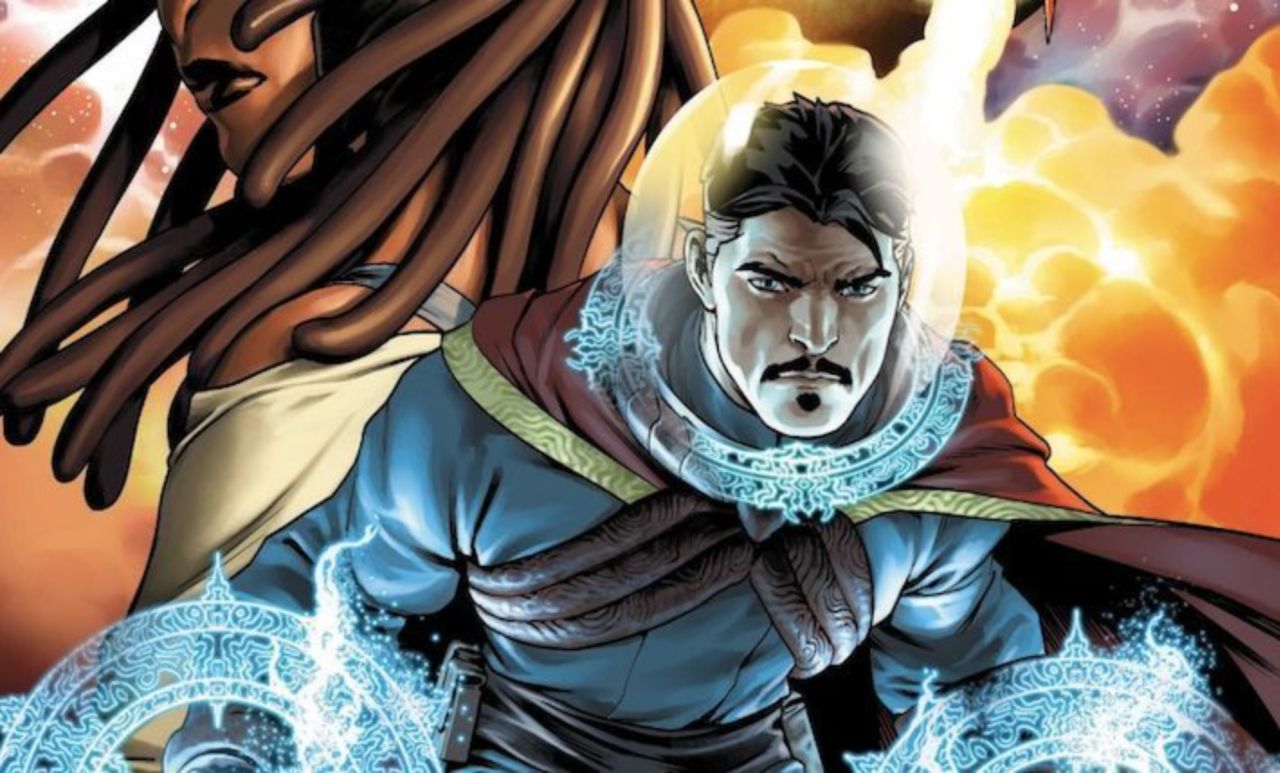
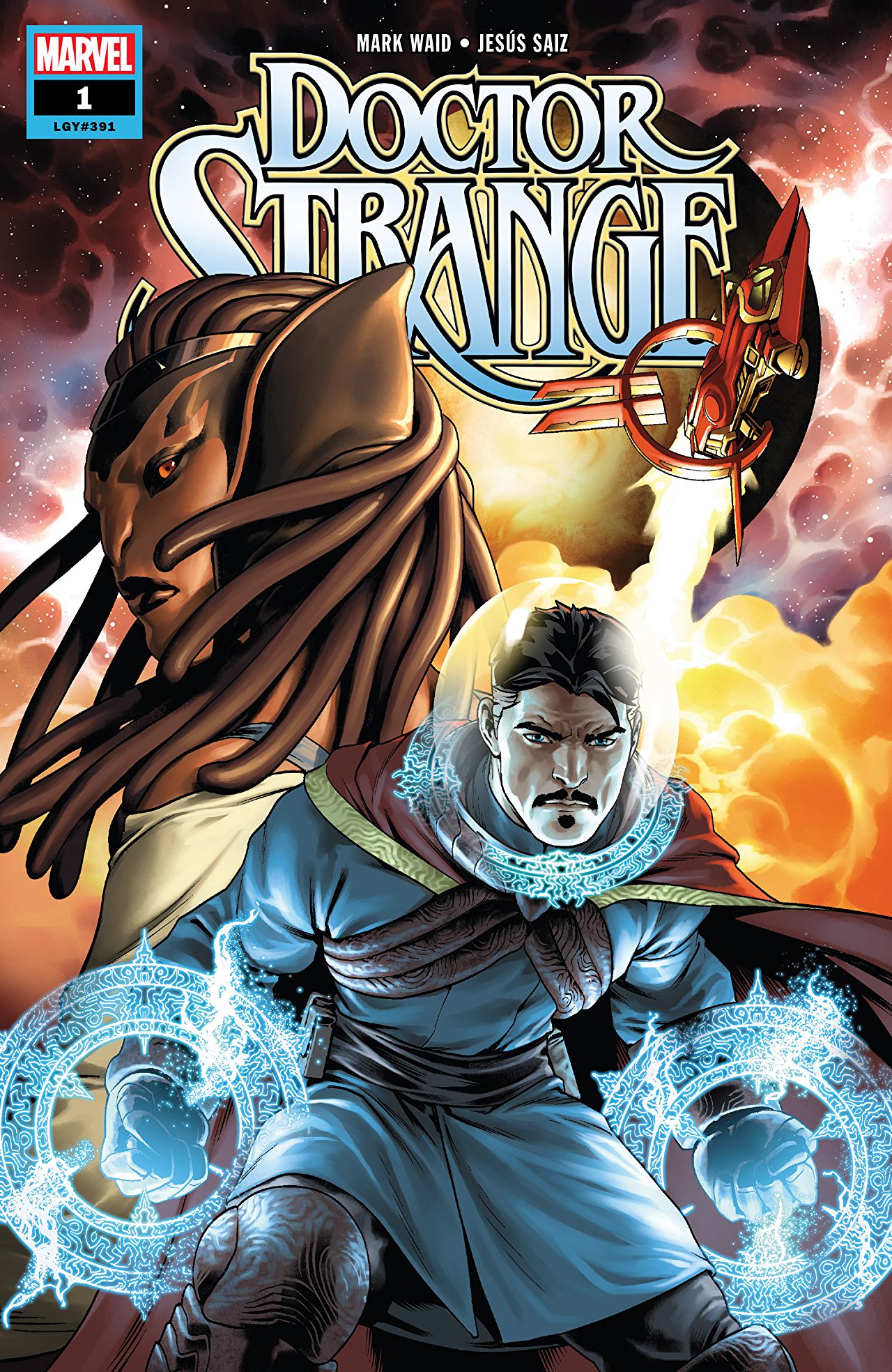
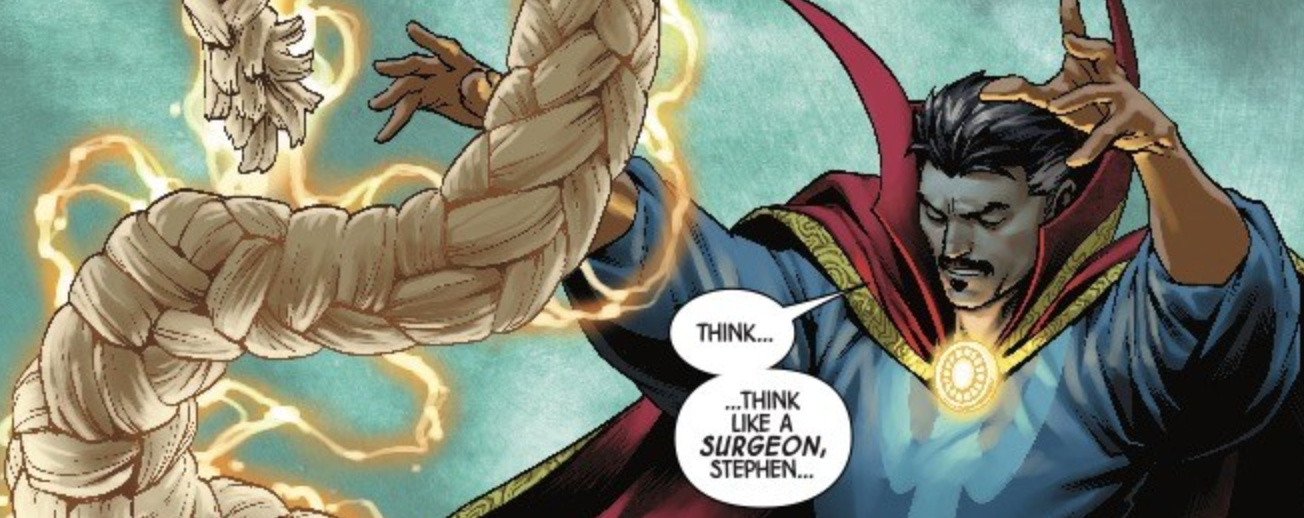
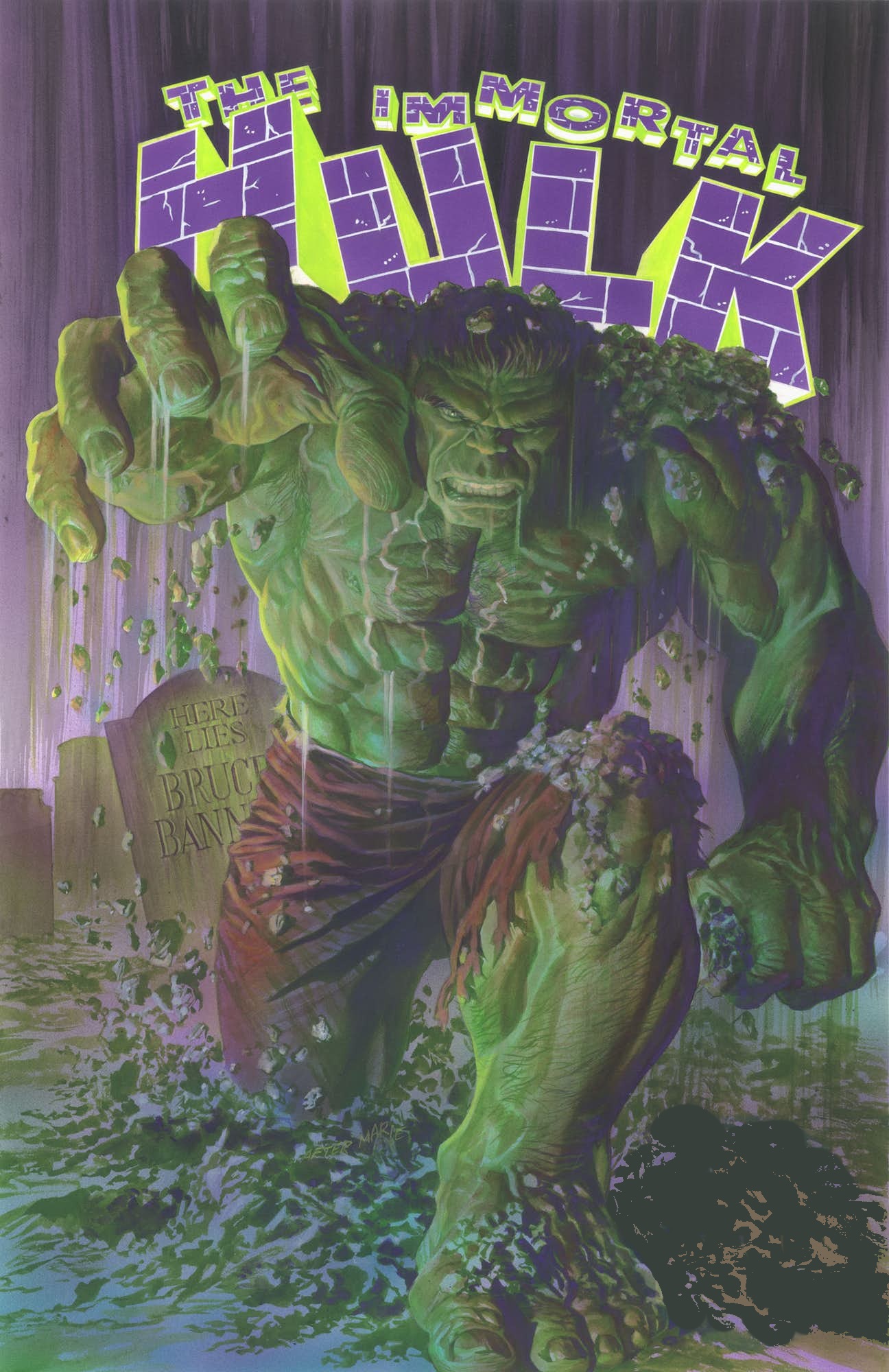
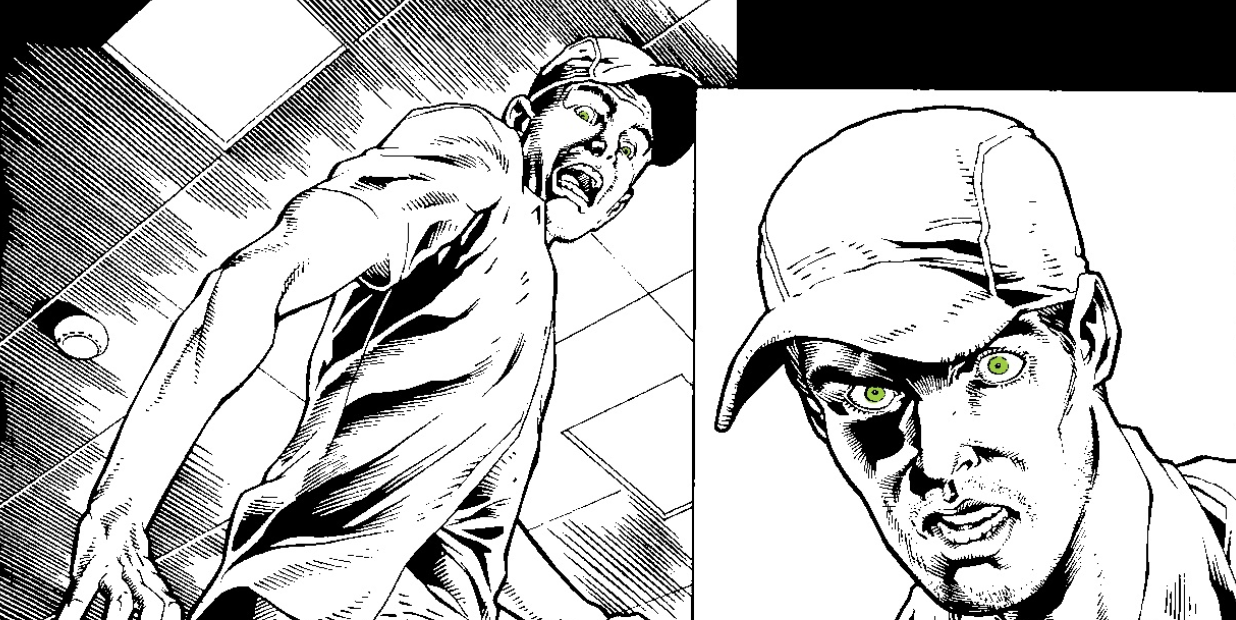
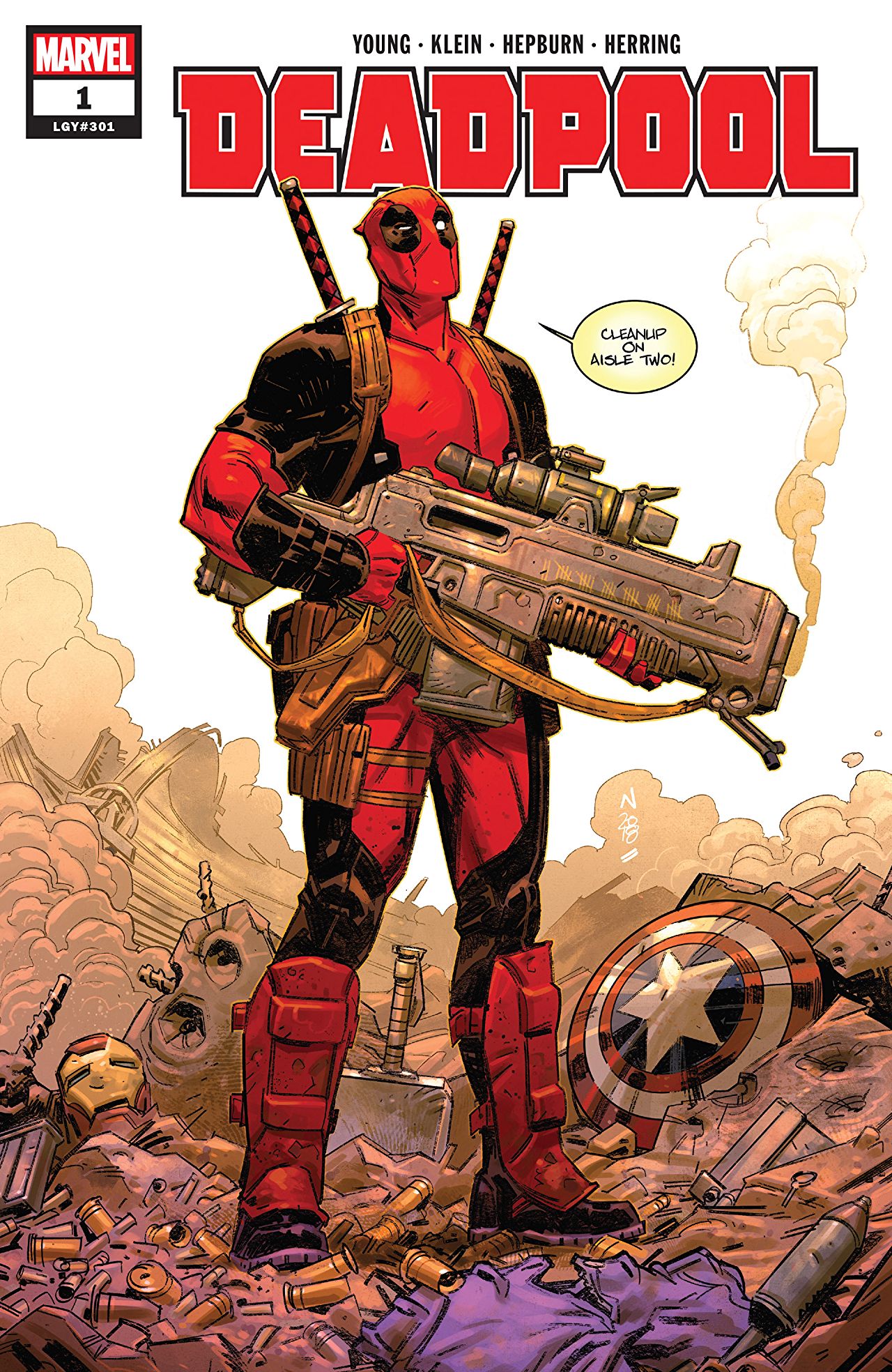

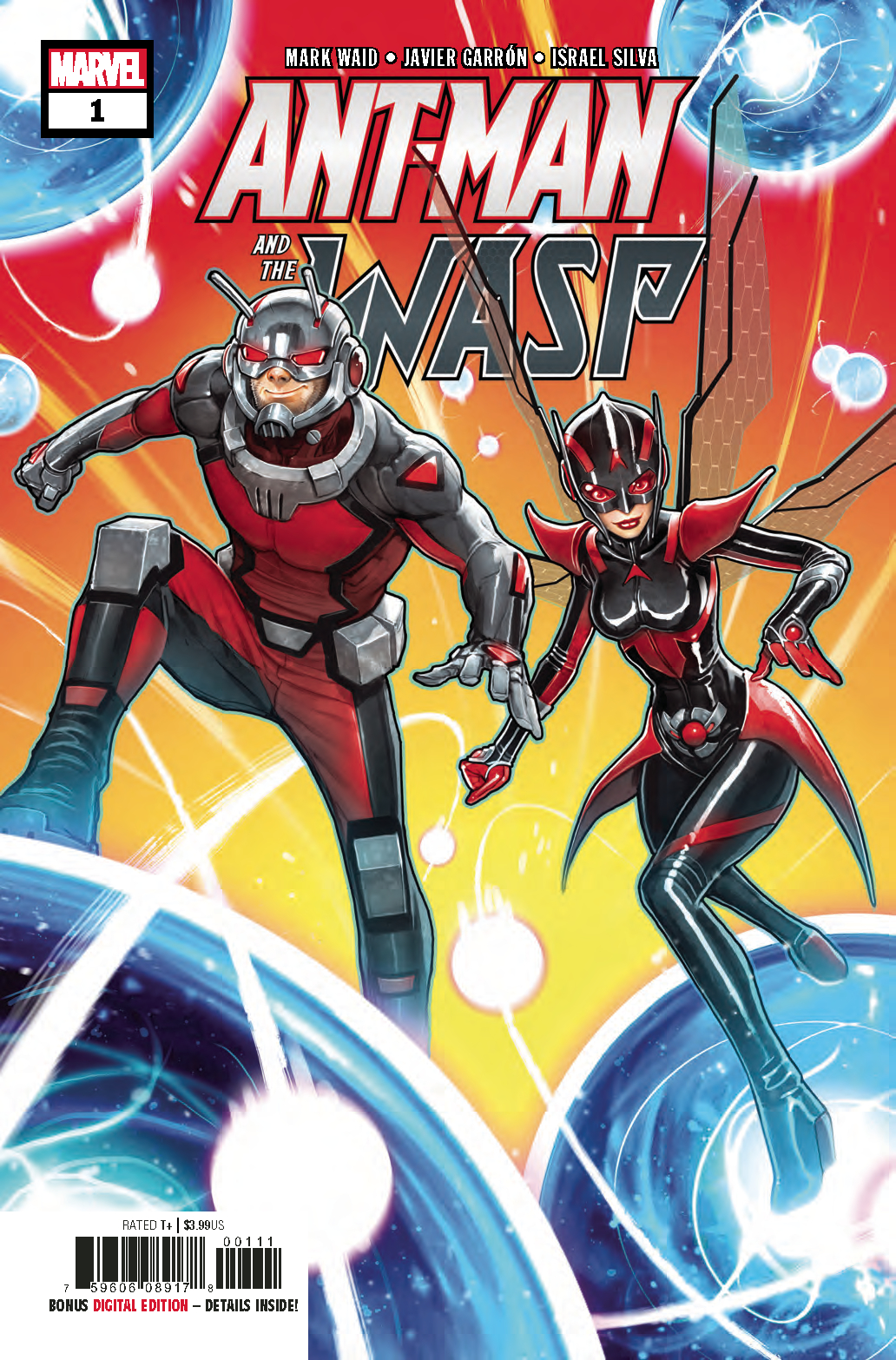

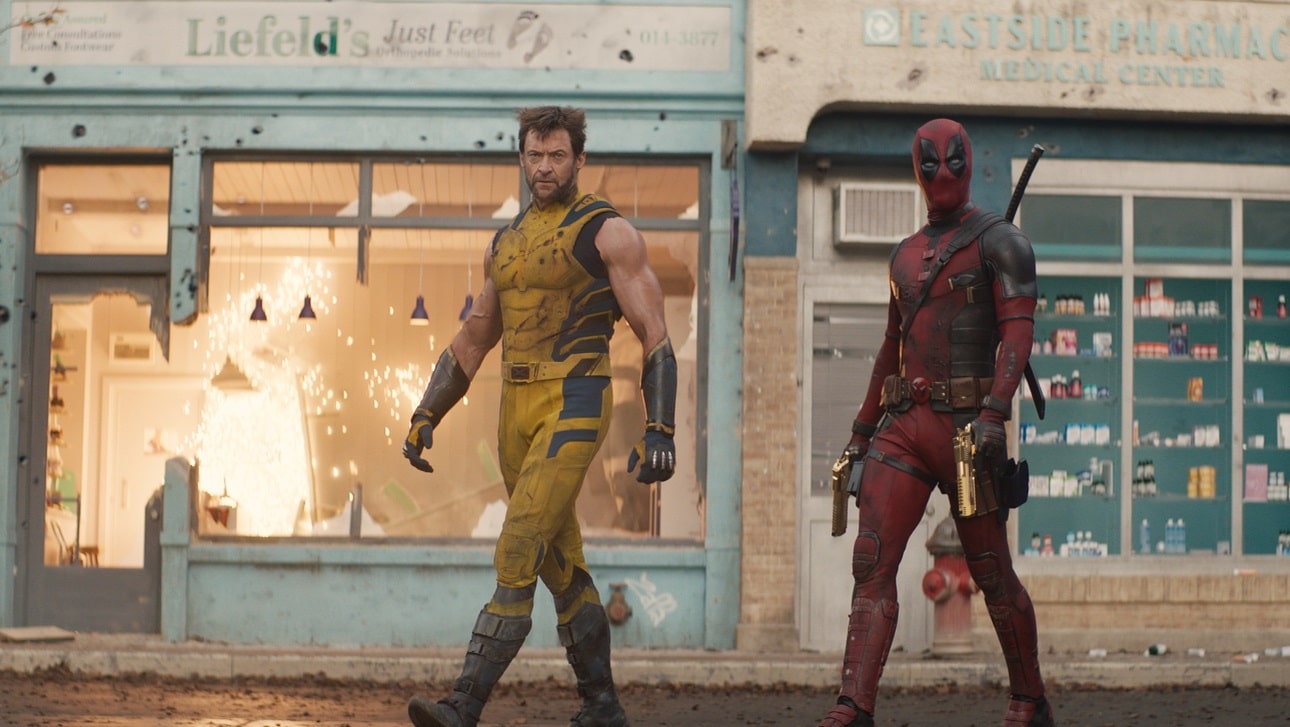
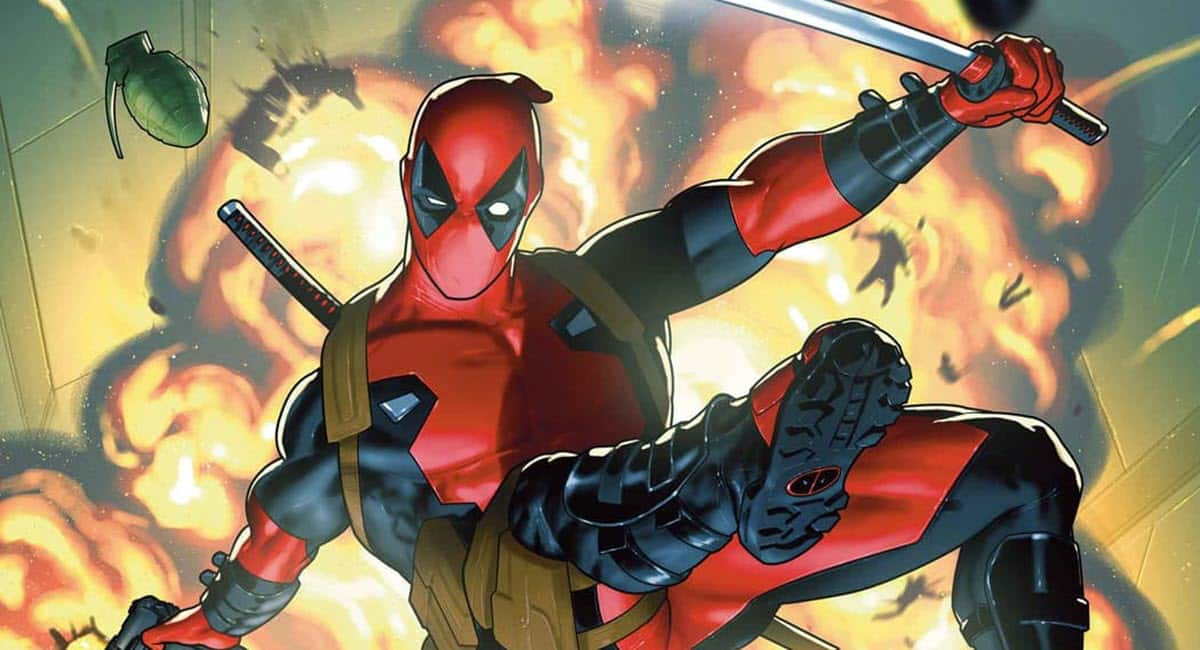
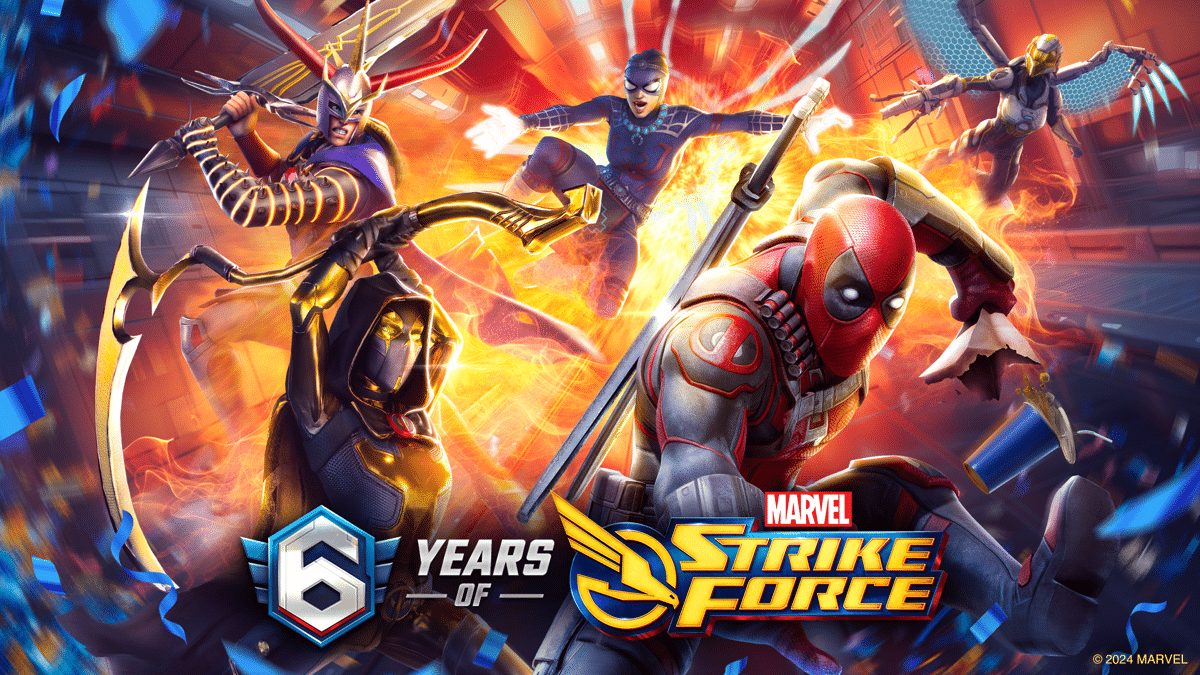


Joyed at the Dr Strange review
Comments are closed.